Migration Connects Us
Robert burst into the kitchen, “The monarchs are here! They’re in the prairie on the Blazing Stars!”
I put down the zucchini I was shredding for lunch, wiped my hands on my apron, and grabbed my camera. I don’t really understand why. I have plenty of pictures from past migrations, but I’m again swept into the excitement of seeing them.
Over the summers, I began to search for caterpillars, putting them into oversized peanut butter jars with sticks and fresh milk weed. Once I had twenty-five jars on the back porch, starting each day with dumping out droppings and adding freshly budding leaves. I reasoned they were the tastiest without any proof. I labeled the jars by date found and later, date they formed their chrysalis. A few turned black and rotted. The majority turned black and transparent, allowing a view of the forming monarch inside.
As a child, it never occurred to me that these, or any butterflies, would ever need help. They migrated in and out of my life each year. When they vanished in the wind, I didn’t fret. They would be back. But, will they?
As an adult, I am keenly aware that they do need our help, and somethings just aren’t that difficult. Think yard and gardens. Think educated awareness. Think culture. Culture, you ask? Yes, culture.
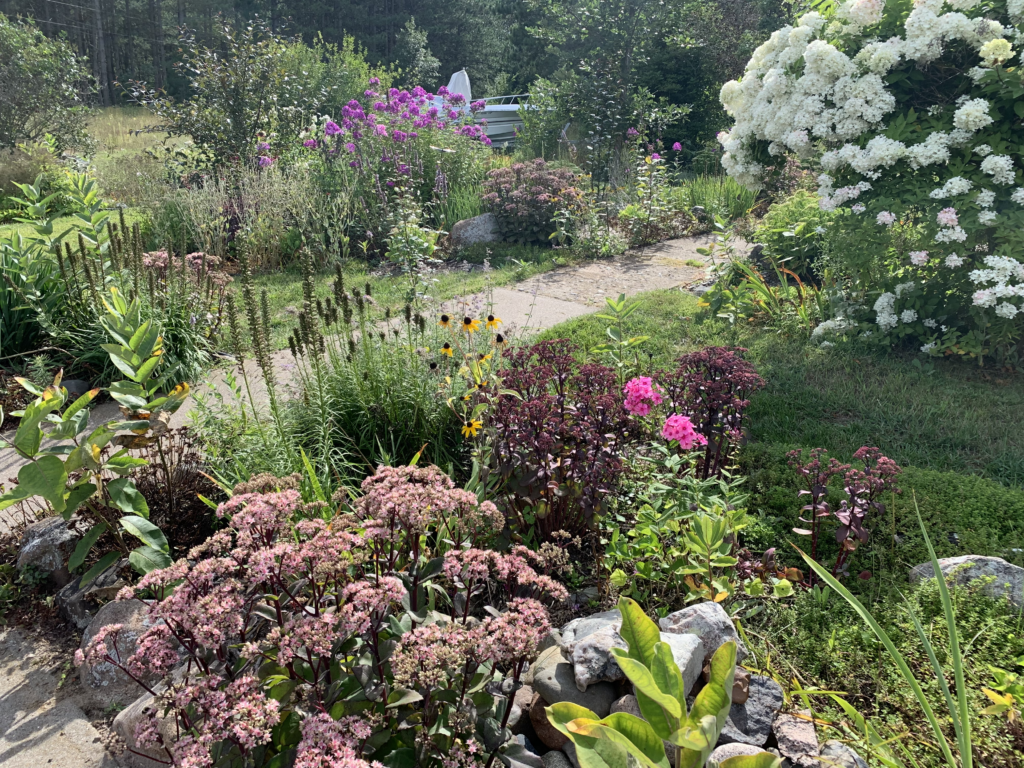
In the northern culture we have yards. In the southern climes, an indoor patio with all rooms opening to that private sanctuary of potted plants, perhaps a few bird cages and a center fountain was the architecture brought from colonial times. Southern countries don’t generally have yards, but houses are butted right up to the front sidewalk. I believe architecture is motivated by weather, but that is for another day.
Northern yards plus riding lawn mowers have created huge swaths of destroyed pollinators. What we have deemed as weeds or unsightly yards, contain milkweed, butterfly weed, big and little Blue Stem, Goat’s beard, Indian grass, yellow coneflowers, asters, marsh marigolds, to name a few. You don’t need to know the species to appreciate the plethora of plants along a stretch of country road. On your next walk, let your eyes take in the variety hidden amidst all that green.
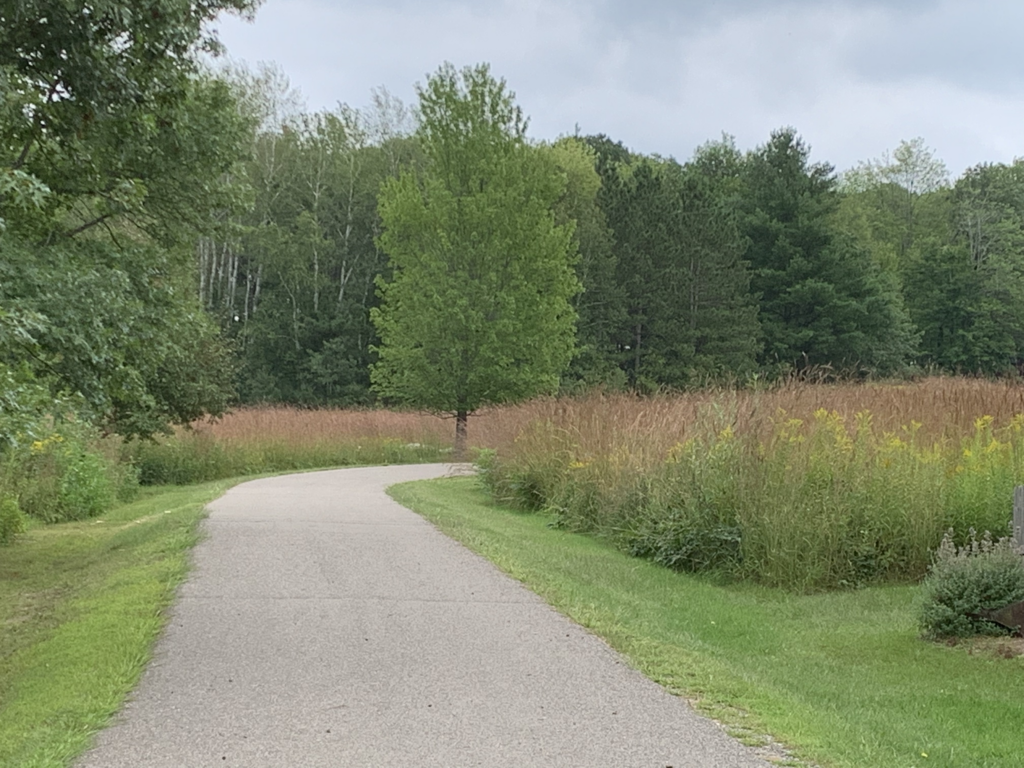
Today, I’m taking up my own challenge, sitting along the shore of my father’s “little piece of heaven” admiring his wisdom. In the 1950’s, there weren’t regulations about shoreline, so forgive him if he crossed over any current laws. He filled his wheelbarrow and later, the canoe, with the large rocks now holding these white caps from eroding our fifteen-foot-wide piece of front yard. Without that, I’d likely be sitting in the lake.
This small yard can be mowed in about six passes, but never, no never ever, is it mowed to the top of the rocks. A foot of grass is allowed to grow as thick and tall as is their nature. I don’t know if he was thinking more about filtering, erosion, or native plant conservation, but he got all three. For those of us that did not grow up on farms, in the woods, or around a lake, more intentional ecological education is helpful. Very few humans still live in sync with the planet, so let’s at least work on being more observant.
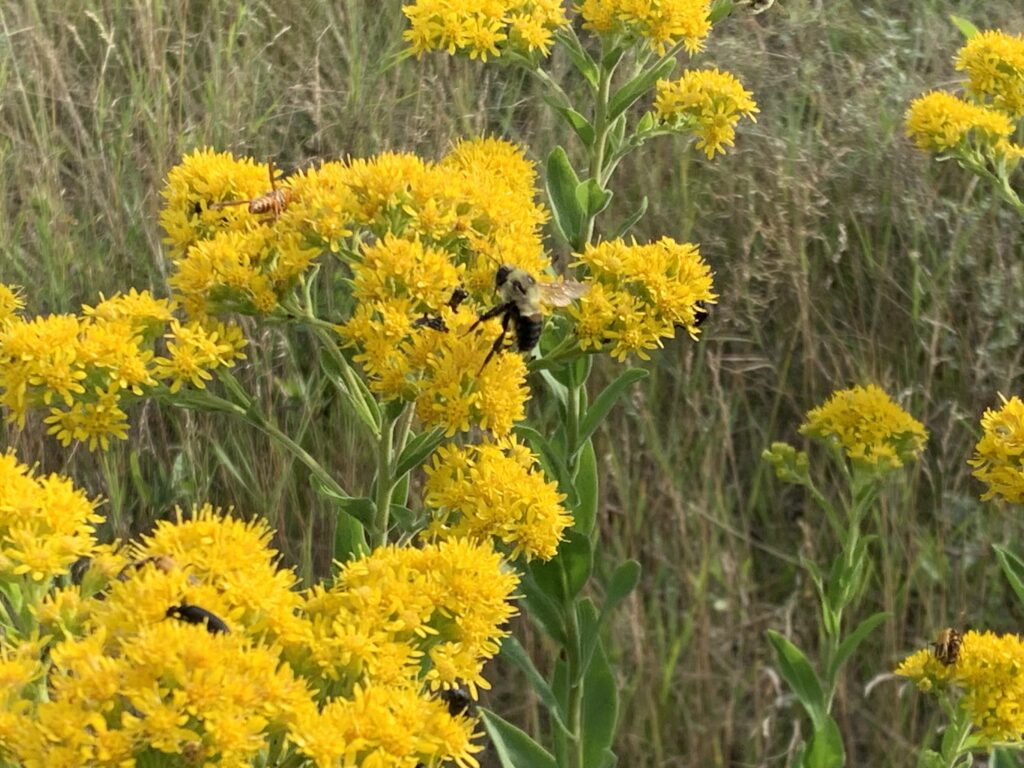
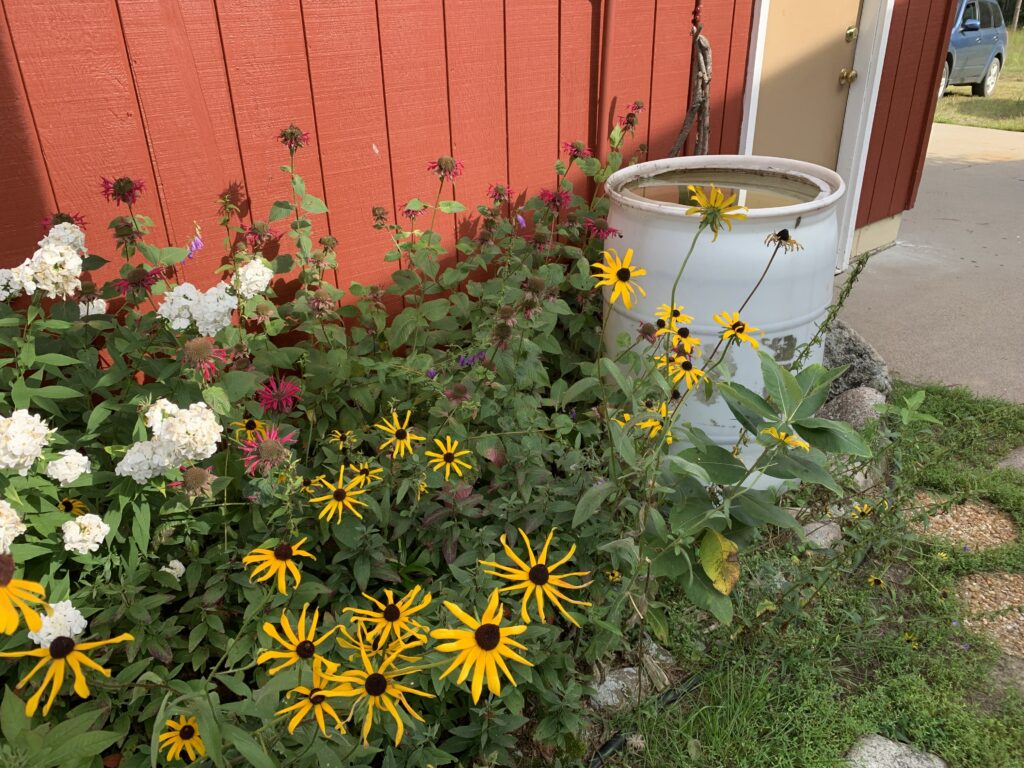
Starting at home with oneself is always the go-to point. I’m delighted about Pollinator gardens and vegetables intermingled alongside the flowers surrounding houses and going down sidewalks. Those patches of pollinator plants not only feed our bees and butterflies, but cut down on mowing.
Back to mowing. Is there a way we can turn the tide on mowing along some of our roadsides? Can we inquire of our officials, regarding mowing in only a few feet instead of wide strips? Could cutting be done only once, thus not killing both the caterpillar and butterfly hatches?
With new road construction, what natural plants could be used against erosion and for pollinators? Humans have made errors before and corrected behaviors. What needs changing?
Changing back to something isn’t usually the direction we humans tend to head, nor is that advisable. Yet, the term “re-wilding” might be a concept worth checking out. Harvesting prairie seeds along our autumn hikes and planting them somewhere you used to mow, might be a start. Our mowing is cultural, not natural. We’re a bit of a “bulldozer” culture, looking out over the lands and setting about to mold them to our ideas of what’s esthetic. Our history shows plenty of examples and I hope we have learned the BIG lesson: Everything is connected.
Winter is next. This gives us time to ponder our habits, our yards, our gardens, and our culture. Culture reflects beliefs. What do you believe about our place in the monarch’s migration?
May we help them on their way and always be excited, go grab our cameras, and yell out, “The monarchs are here!” for many years to come.
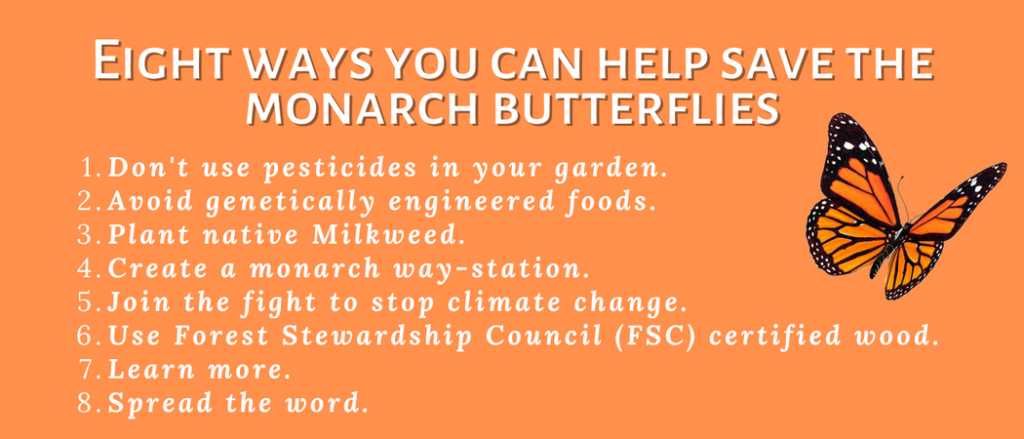

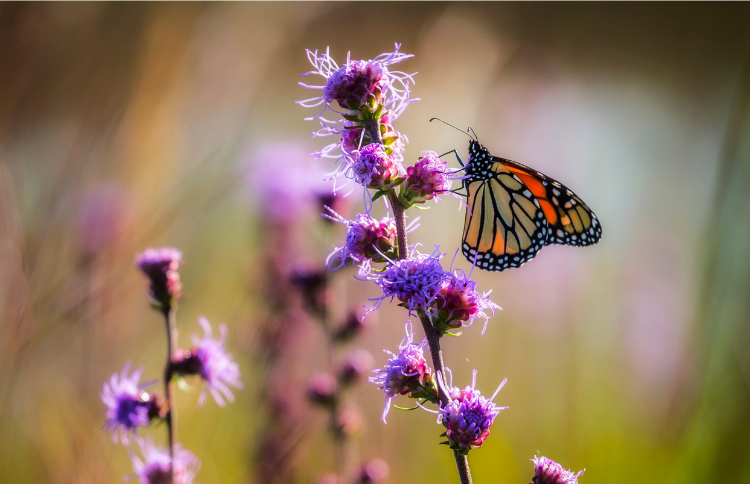
Hi, Jan, very well-done blog. Karen and I used to raise Monarchs and Blue Swallowtails. I think the survival rate of nurtured butterflies exceeds that of those left in the wild.
Pesticides and other chemicals are the big enemy of pollinators. When people see any little creature they run and get that spray can.
I like the idea of leaving roadsides unmowed except a little swathe on the shoulder.
Jim
I love how you think and then how you express those thoughts through your writing. Thank you for sharing your wisdom with us!
Hi, Jan, what a good musing! You are very inspirational. I am working toward having more pollinators in the garden, and maybe one day we will be more kind with our lawn.
Nan, I’m rereading some comments and yours now takes me out of the winter blizzard warnings back to only a few months ago, yet seems like a lifetime when looking out my window. First, we’ll go through the Christmas season and then get out those seed catalogues. Hopefully, the monarchs are doing well in Mexico!
Feliz Navidad!